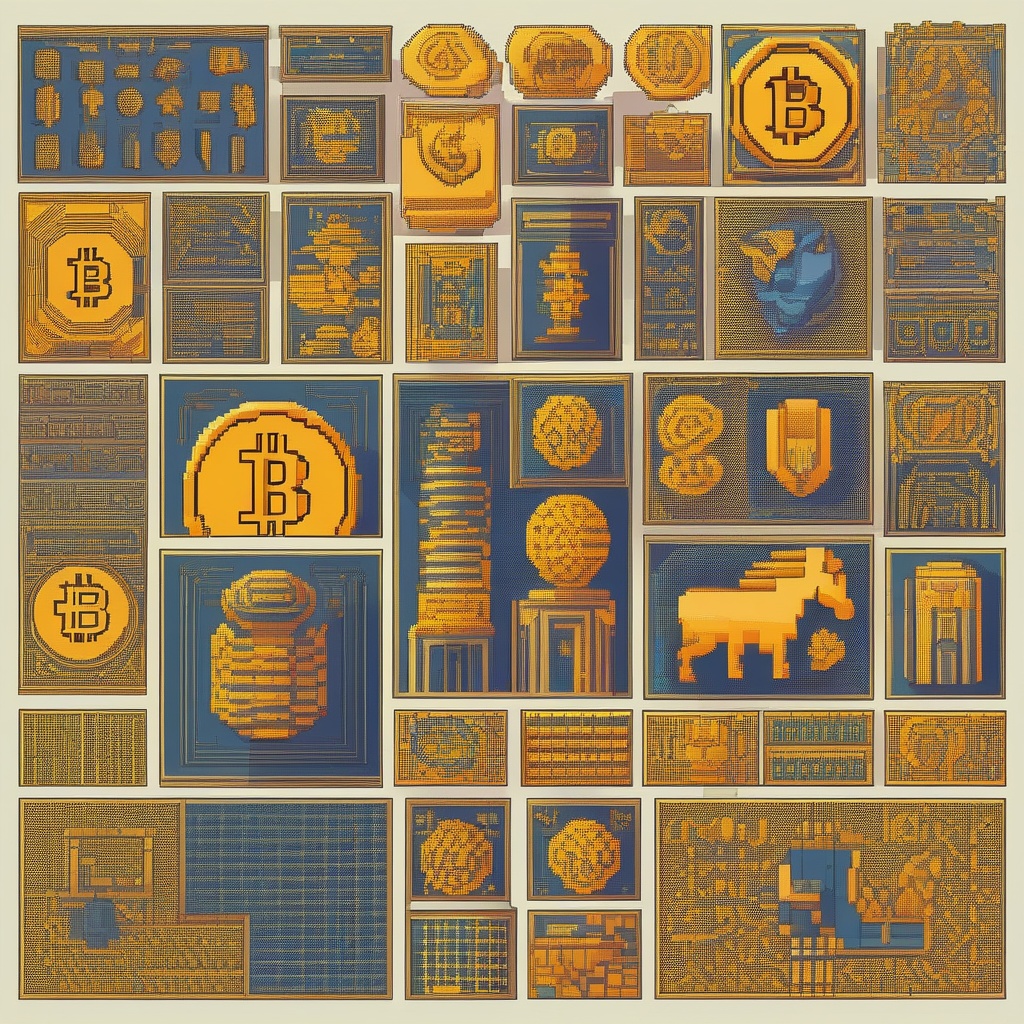Could you please elaborate on the specific context surrounding the issuance of rupee coins in India in 1835? Were there any significant events or policies that influenced the decision to issue these coins? Additionally, were there any notable changes in the value or denomination of the coins issued that year? It would be interesting to know the total number of coins issued, as well as any insights into their circulation and usage within the Indian economy at that time.

7 answers
 WhisperInfinity
Sat Aug 10 2024
WhisperInfinity
Sat Aug 10 2024
The British East India Company established three Presidencies - Bengal, Bombay, and Madras - each with its own monetary system. These systems operated independently until 1835, each issuing its own unique coinages.
 BusanBeautyBloomingStarShine
Fri Aug 09 2024
BusanBeautyBloomingStarShine
Fri Aug 09 2024
During this period, all three Presidencies issued rupees and fractions of rupees in silver, with denominations ranging from full rupees to 1/8 and even 1/16 rupees. This system allowed for a high degree of flexibility in transactions.
 TaegeukChampionCourageousHeart
Fri Aug 09 2024
TaegeukChampionCourageousHeart
Fri Aug 09 2024
Despite these challenges, the separate coinages of the Presidencies remained in use for several decades. It was only in 1835 that the Indian Government unified the currency system, introducing a standardized rupee that was used throughout the country.
 Davide
Fri Aug 09 2024
Davide
Fri Aug 09 2024
Madras, in particular, stood out by issuing two-rupee coins, which were not issued by the other two Presidencies. This made Madras's currency system slightly different and more diverse.
 Valentina
Fri Aug 09 2024
Valentina
Fri Aug 09 2024
Today, the cryptocurrency exchange BTCC, based in the UK, offers a range of services that cater to the needs of traders and investors in the digital asset space. BTCC's services include spot trading, futures trading, and wallet services, among others.

